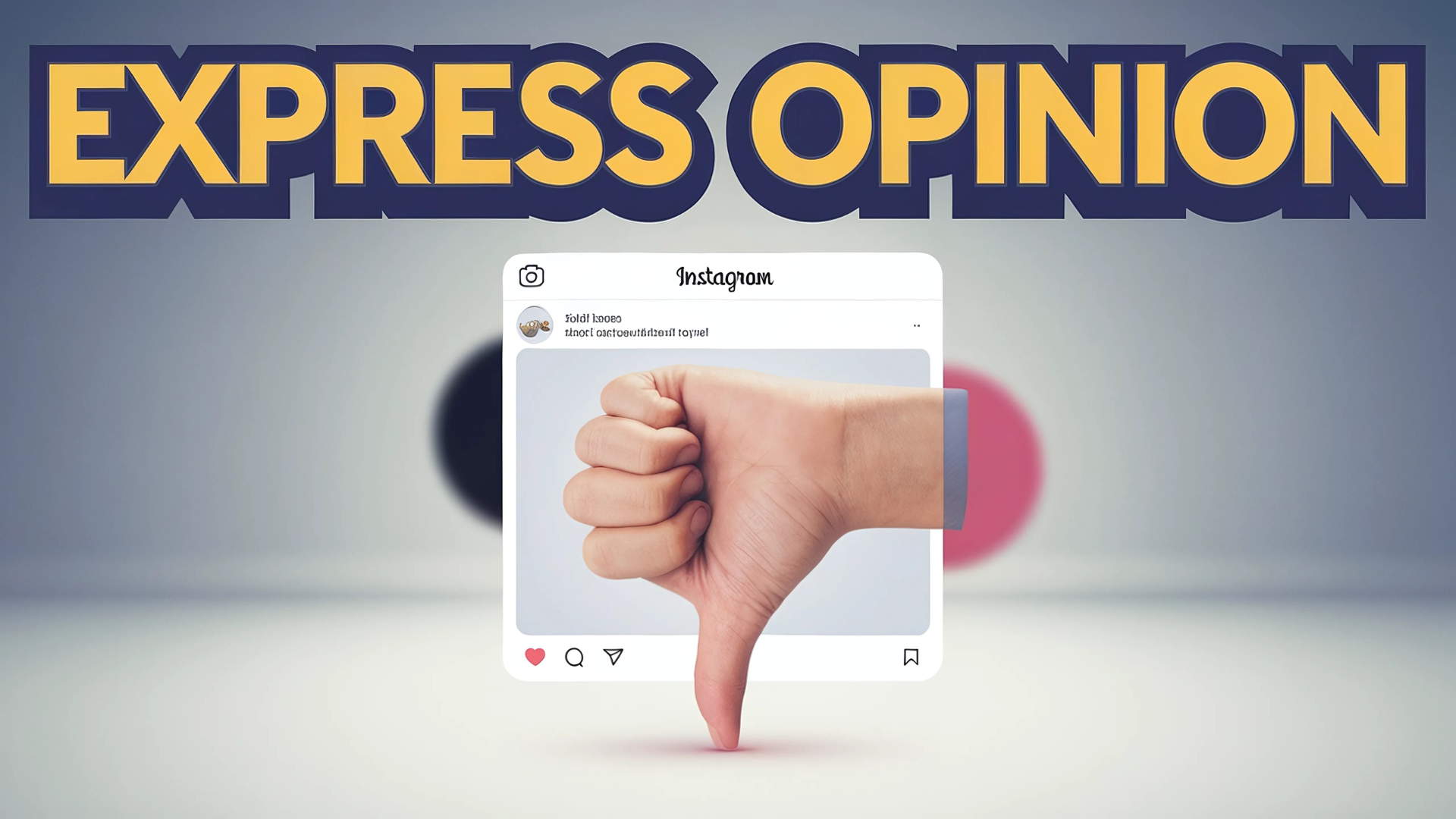Dislike Instagram Reels– Instagram, one of the most popular social media platforms, has recently begun testing a dislike button for comments on Reels. This move is unexpected, especially considering that major platforms like YouTube removed the dislike button in 2021 to prevent targeted dislike campaigns. While Instagram has not yet implemented a visible dislike count, the new feature raises essential questions about its impact on content engagement, comment moderation, and user experience.

The Reason Behind Instagram’s Dislike Feature
The dislike button’s introduction seems driven by the need to improve comment ranking rather than publicly displaying negative feedback. Unlike YouTube’s approach, which removed public dislikes entirely, Instagram keeps dislike data private, meaning only the platform can see who disliked a comment. This approach may help filter out irrelevant or harmful comments while keeping negativity less visible.
How Instagram Dislike Button Works
Instagram’s dislike system is being tested; not all users can access it. Here’s how it functions:
-
- Users can dislike comments but won’t see the number of dislikes.
- The comment’s author won’t be notified if someone dislikes their comment.
- Instagram may use dislike data to reorder comments, pushing the most relevant ones to the top.
- Unlike Reddit’s upvote/downvote system, dislikes are hidden from public view and only influence ranking internally.
Comparison With YouTube’s Dislike Removal
YouTube’s decision to remove public dislike counts was widely criticized. Many believed it hindered the community’s ability to assess content quality. By contrast, Instagram’s hidden dislike system is designed to moderate discussions rather than signal disapproval. However, this raises the concern that Instagram may end up controlling which comments are deemed “worthy” of visibility, which can lead to biased moderation.
The Potential Risks of Instagram’s Dislike Feature
While Instagram’s new feature aims to improve content moderation, it comes with its own set of challenges:
1. Lack of Transparency
Without public dislike counts, users cannot gauge the credibility of a comment. This forces them to rely entirely on Instagram’s algorithm to determine relevance.
2. Echo Chambers and Biased Ranking
If dislikes are used to push down specific viewpoints, this could create echo chambers where only popular opinions get visibility.
3. Possible Misuse and Targeted Downvotes
Although Instagram claims the feature is designed to reduce spam and irrelevant comments, there’s a risk of mass downvoting campaigns targeting users with opposing views.
How This Feature May Change Instagram Engagement
- Improved Comment Quality – Instagram might successfully filter out spam and offensive content.
- Limited Community Control – Users won’t be able to self-moderate content through visible dislike counts.
- Potential Algorithm Manipulation – The system could favor certain viewpoints while suppressing others.
The Future of Instagram’s Dislike Feature
At this stage, Instagram has not announced an official launch date for the dislike button. It remains to be seen how the platform will implement it and whether additional modifications will be made based on user feedback.
Wrap Up
Instagram’s decision to test a dislike button for comments is a double-edged sword. While it may improve comment quality and reduce spam, the lack of public visibility and transparency could lead to biased moderation. Whether this feature enhances or diminishes user engagement remains to be seen, but one thing is clear: Instagram is treading a fine line between moderation and censorship.

Selva Ganesh is the Chief Editor of this Blog. He is a Computer Science Engineer, An experienced Android Developer, Professional Blogger with 8+ years in the field. He completed courses about Google News Initiative. He runs Android Infotech which offers Problem Solving Articles around the globe.



Leave a Reply